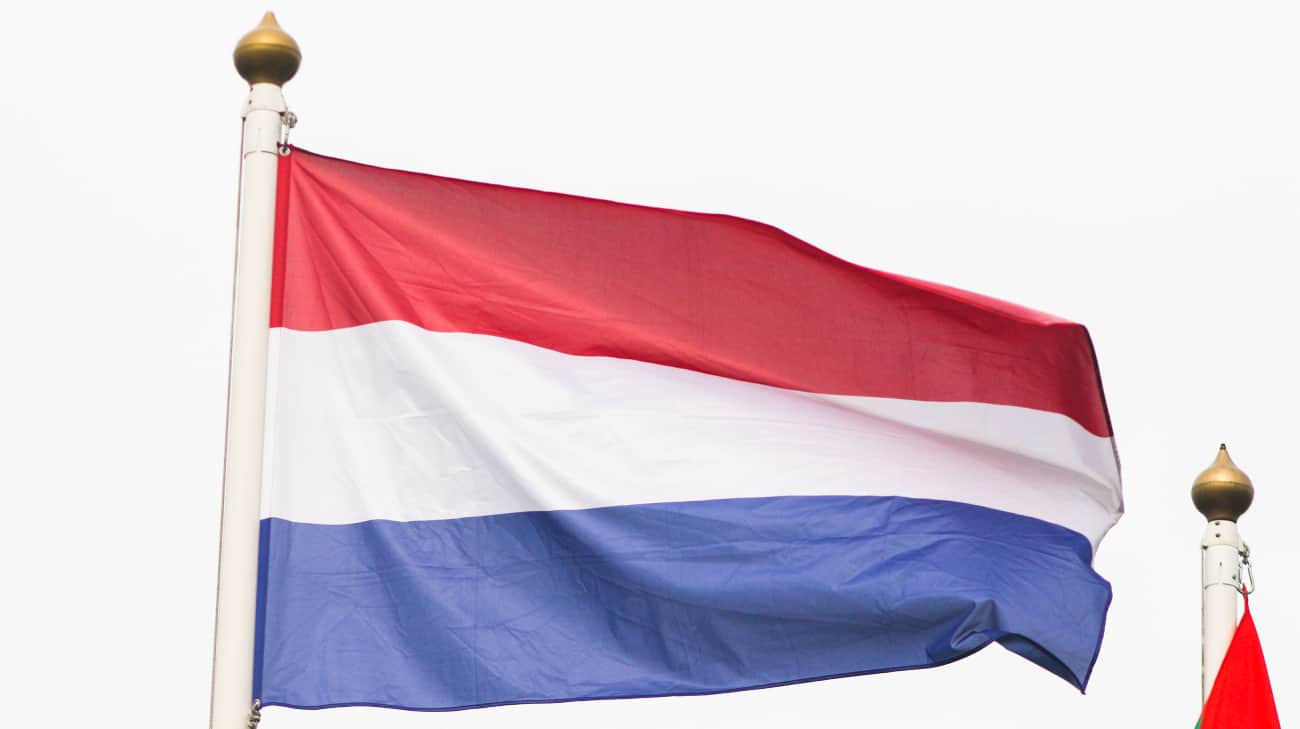Can Russia take Kharkiv?
Russia is reportedly preparing an operation to take Ukraine’s second-largest city. Not so fast, say military experts
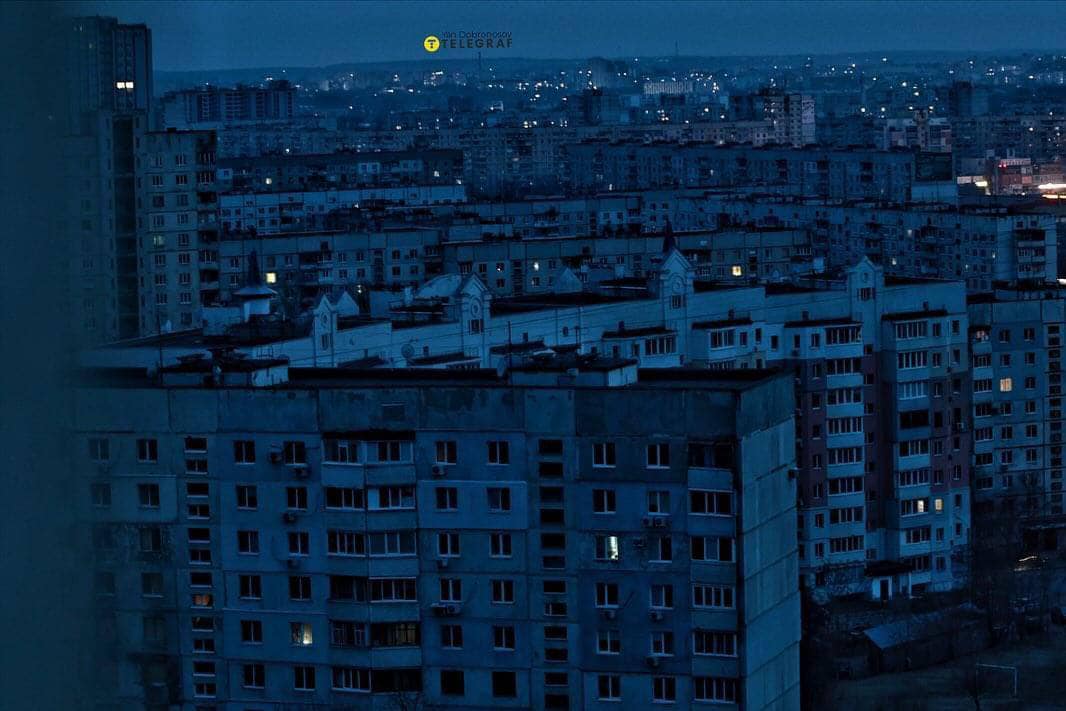
Following Putin’s re-election, rumors about a new Russian offensive targeting Kharkiv, Ukraine’s second-largest city, have circulated in Western and exiled Russian media, prompting responses from Ukrainian military officials.
Despite successfully fending off Russian occupation attempts in 2022, Kharkiv has been subjected to relentless bombardment from Russian territory, which remains off-limits to Ukrainian retaliation due to restrictions on the use of Western-supplied precision missiles.
Euromaidan Press has analyzed Russia’s capability to seize Kharkiv, given its strategic importance and the current military situation.
Putin’s “sanitary zone” and the push for Kharkiv
“Take Kharkiv and gradually wind down the war.” That is how Russian exiled media Meduza has described Putin’s plans for the near future. Meduza’s unnamed Kremlin source suggested that recent Putin’s statements about creating a “sanitary zone” around Russia’s Belgorod Oblast, which borders Ukraine’s Kharkiv Oblast, indicate this intention.
High-ranking Russian security officials believe that Russia’s army is capable of capturing Kharkiv, but further advancement into Ukraine would be “challenging.”
“Symbolically, it’s still a victory. A city of a million people, with a large Russian-speaking population,” said one source.
Another exiled Russian publication, Verstka, reported that the Kremlin plans to mobilize 300,000 troops specifically for an operation to capture Kharkiv. The plan involves sending currently stationed troops near Belgorod and Kursk to take the city, replacing them with conscripts and reservists.
“According to the plan, Kharkiv is next, keeping the city intact. But this is only possible with encirclement. We lack 300,000 troops. So everything is already prepared for Mobilization 2.0,” a Kremlin source told Verstka, adding that Putin does not want to turn Kharkiv into “another Mariupol.”
Although no new mobilization has been announced yet, Putin recently signed a decree to draft 150,000 conscripts, the highest number in 8 years, potentially linked to the Kharkiv plans.
Ukraine braces for possible Russian offensive
Ukrainian authorities also claim Russia is preparing a new offensive, potentially in late May or June, though the direction is unspecified.
“We share information with partners and say that Russia will prepare counter-offensive actions, it could be late May or June,” President Zelenskyy said in an interview with CBS.
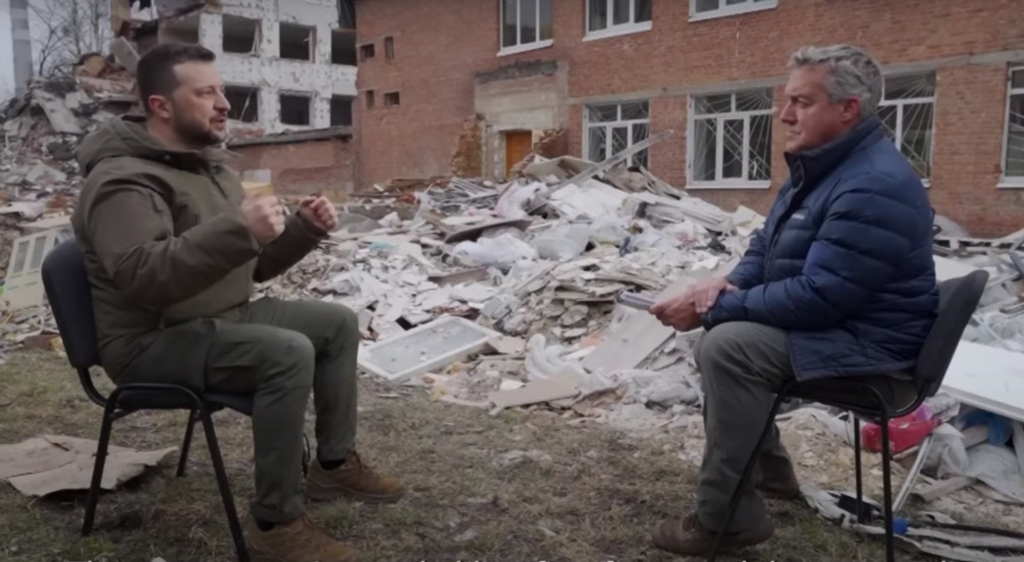
The commander of the Ukrainian Ground Forces, Oleksandr Pavliuk, also stated that Russians are forming a force of 100,000 troops.
“There is a probability that by early summer they could have certain forces to conduct offensive operations in one of the directions,” Pavliuk said.
However, Commander-in-Chief Oleksandr Syrskyi advises not ignoring Russian preparations while not dramatizing the situation.
“If the Russians move there again, Kharkiv will become a fatal city for them,” Syrskyi stated.
In Kharkiv, officials believe there is currently no threat of a Russian offensive on the city. Oleh Syniehubov, head of Kharkiv Regional Military Administration, said that while Russia has around 100,000 troops near Kupiansk, only 40,000 are fighting, insufficient to encircle Kharkiv as predicted by Russian exiled media. No major assault forces are seen near Kharkiv’s north either.
“In the north of the region, we do not see a concentration of assault troops, at least those capable of launching an assault and opening a new front. However, we clearly see that Kharkiv and Kharkiv Oblast are priorities for the Kremlin, and we must monitor the military situation,” Syniehubov said.
Mayor Ihor Terekhov stated that the main problem for Kharkiv is constant shelling, not a possible Russian offensive.
“We need modern air defense systems. As for Russia’s ground operation on Kharkiv – this is the enemy’s information special operation. We should not support and spread their messages,” Terekhov believes.
Terekhov also noted that 1.3 million people currently live in Kharkiv, almost the pre-invasion figure, and he sees no grounds for evacuation at present.
Experts debate Russia’s Kharkiv offensive capability
The Institute for the Study of War (ISW) analysts state that a Russian operation to encircle Kharkiv would be extremely ambitious, requiring long advances across open terrain unseen since the full-scale invasion began.
“The reported plan to generate 300,000 new personnel could allow Russian forces to free up combat-effective elements for a Kharkiv operation, but at the expense of offensive operations in sectors prioritized by the Russian military command for over a year and a half,” ISW report stated.
ISW analysts believe that if Russia launches an offensive in late spring-summer 2024, it will likely focus on western Donetsk oblast.

Military expert Oleksandr Kovalenko believes that 300,000 troops would be insufficient for Russia to attack Kharkiv, estimating a need for at least 500,000 plus a 100,000-150,000 reserve – essentially the entire current Russian force contingent in Ukraine, which Ukrainian intelligence estimates at 474,000 troops.
“Russia does not have the capability to sustain such a 500,000-strong force in the short term, and this would be a very lengthy and noticeable process that would provoke a response,” Kovalenko summarized.
Meanwhile, military expert Denys Popovych believes Russia could assemble a force to attack Kharkiv, though it has not done so yet. However, such a feat would be remarkable, he believes, referring to the Russian army’s five-month effort to encircle the tiny town of Avdiivka in Donetsk Oblast.
“How much smaller is Avdiivka compared to Kharkiv? We understand the scale is incomparable. So drawing these parallels, we can imagine how much force the Russian army would need to attempt an offensive on Kharkiv,” said Denys Popovych.
Military analyst Kostiantyn Mashovets highlights that Russia would need at least 200,000 troops to reach the initial encirclement lines around Kharkiv, specifically the well-fortified towns of Okhtyrka and Bohodukhiv on the Kotelva – Valky line. Another challenge for the Kremlin is securing the southern flank of such an offensive.
“This ‘offensive’ only makes sense if the enemy manages to step beyond the Oskil River, achieving decisive successes in the Kupiansk direction and reaching the Chuhuiv – Pervomaiskiy line at a minimum. Currently, there is no question of that,” the analyst stated.
The analyst assesses that despite the rumored plans, mounting an offensive of this magnitude appears improbable given the significant forces required just to reach the starting positions, let alone completing the operation against a major city like Kharkiv.
The fight for Kharkiv: Russia’s early defeats
In the invasion’s early days, Russia attempted to capture Kharkiv but failed due to insufficient forces, poor planning, and fierce Ukrainian resistance. The main attacking units were Russian special operations and reconnaissance troops.
Their initial “head-on” assault from the east along Kharkiv’s ring road was repelled, with a special operations group trying to penetrate the city center being destroyed. Attempts to encircle from the south, briefly taking Chuhuiv, and north, where they lost Derhachi village, also faltered.
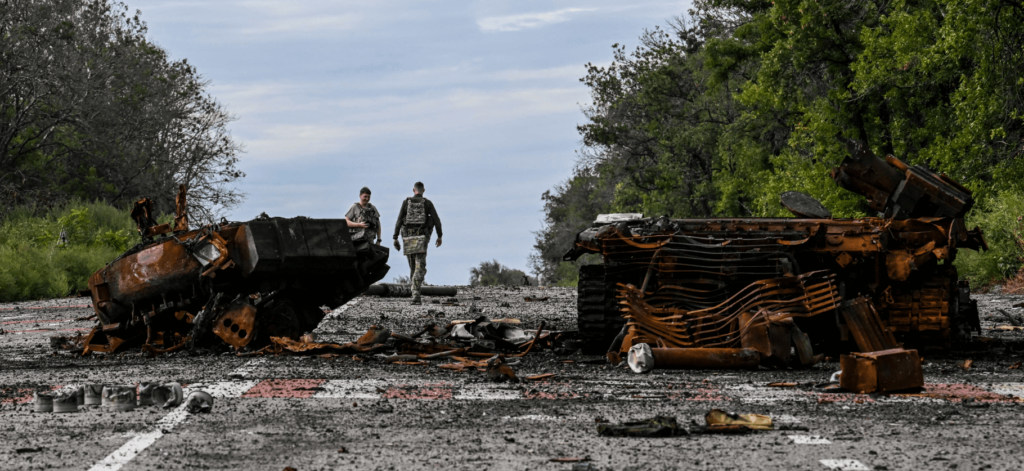
This failure highlighted the immense challenge of seizing a large, well-defended city like Kharkiv. The Russians committed only an estimated 11,000-13,000 troops whose uncoordinated offensives from multiple axes could not break through.
In just half a year’s time, Ukrainian forces would pull off a stunning operational feat – conducting a brilliant offensive that liberated nearly all of Kharkiv region, expelling the Russian invaders back across the state border in humiliating fashion.
However, rather than ceasing its indiscriminate attacks on the city after this embarrassing withdrawal, Russia instead significantly intensified its relentless missile bombardment of Kharkiv.
Kharkiv ordeal
In recent weeks, Russia has intensified its strikes on Kharkiv, destroying almost all critical energy infrastructure and targeting residential areas with new guided aerial bombs UMPB D-30, which have characteristics approaching cruise missiles. Russians also regularly hit Kharkiv with S-300 missiles and Shahed-type drones, primarily conducting shelling from the bordering Belgorod Oblast, with projectiles reaching the city in just 40 seconds.
During Russia’s most massive attack on Ukrainian energy facilities on 22 March, Kharkiv was left in the most severe situation. Over 20 missiles were fired at the city, resulting in a complete blackout for several days, disrupted water and heat supply, halted electric transport and subway, and even disabled air raid sirens. The city introduced rolling blackout schedules and had to prematurely terminate the heating season.
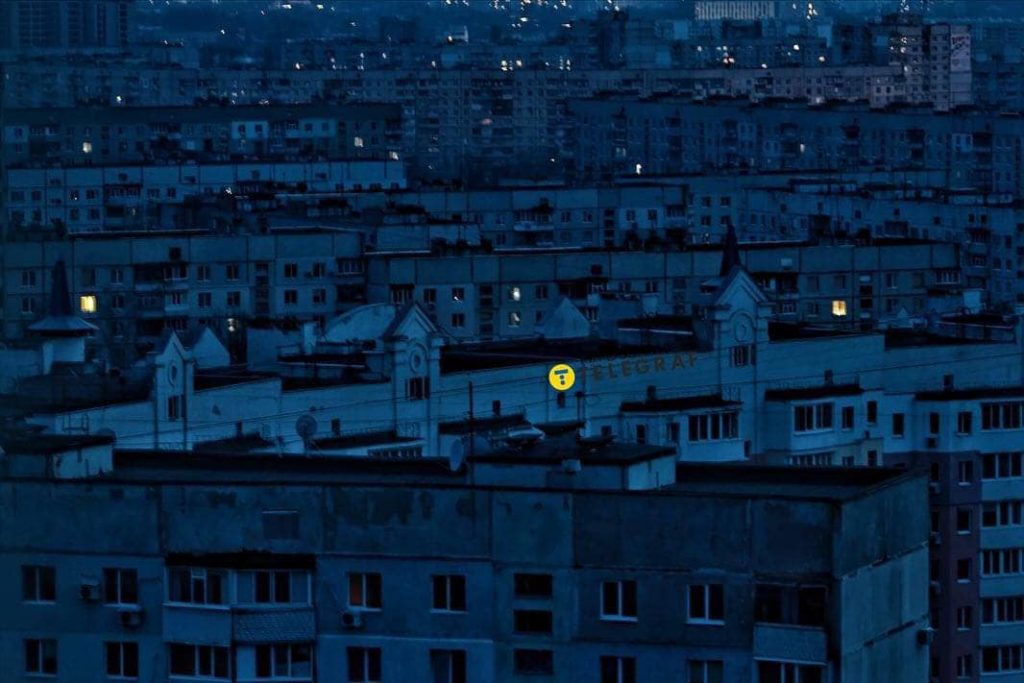
The Kharkiv CHP-5 plant, the second largest in Ukraine, sustained the most severe damage since the full-scale invasion began, along with the region’s overall energy infrastructure. Restoring CHP-5 will take several years.
“Kharkiv has lost its main heat and power generation capacities for the city. The full extent of the damage and recovery work can only be assessed after the rubble is cleared. But it is already evident that it will be comparable to new construction,” stated the CHP-5 press service.
Kharkiv’s subway only resumed operations on 25 March, and the city still experiences hourly rolling blackouts. According to the mayor, the current damage inflicted by Russians on the city is estimated at $10 billion, with a recovery period of 2-3 years.
Read more:
- Zelenskyy concerned about Russian offensive, expected around the end of May or June – CBS News
- Russian forces outgun Ukraine 6-to-1, new military chief says
- Russia massing 100.000 troops for potential summer offensive – Ukraine Ground Forces Chief
- ISW: Indicators suggest Russia preparing for large-scale conflict with NATO
- Want to know how Ukraine can resist Russia in 2024? Look to Bilohorivka
You could close this page. Or you could join our community and help us produce more materials like this.
We keep our reporting open and accessible to everyone because we believe in the power of free information. This is why our small, cost-effective team depends on the support of readers like you to bring deliver timely news, quality analysis, and on-the-ground reports about Russia's war against Ukraine and Ukraine's struggle to build a democratic society.
A little bit goes a long way: for as little as the cost of one cup of coffee a month, you can help build bridges between Ukraine and the rest of the world, plus become a co-creator and vote for topics we should cover next. Become a patron or see other ways to support.

